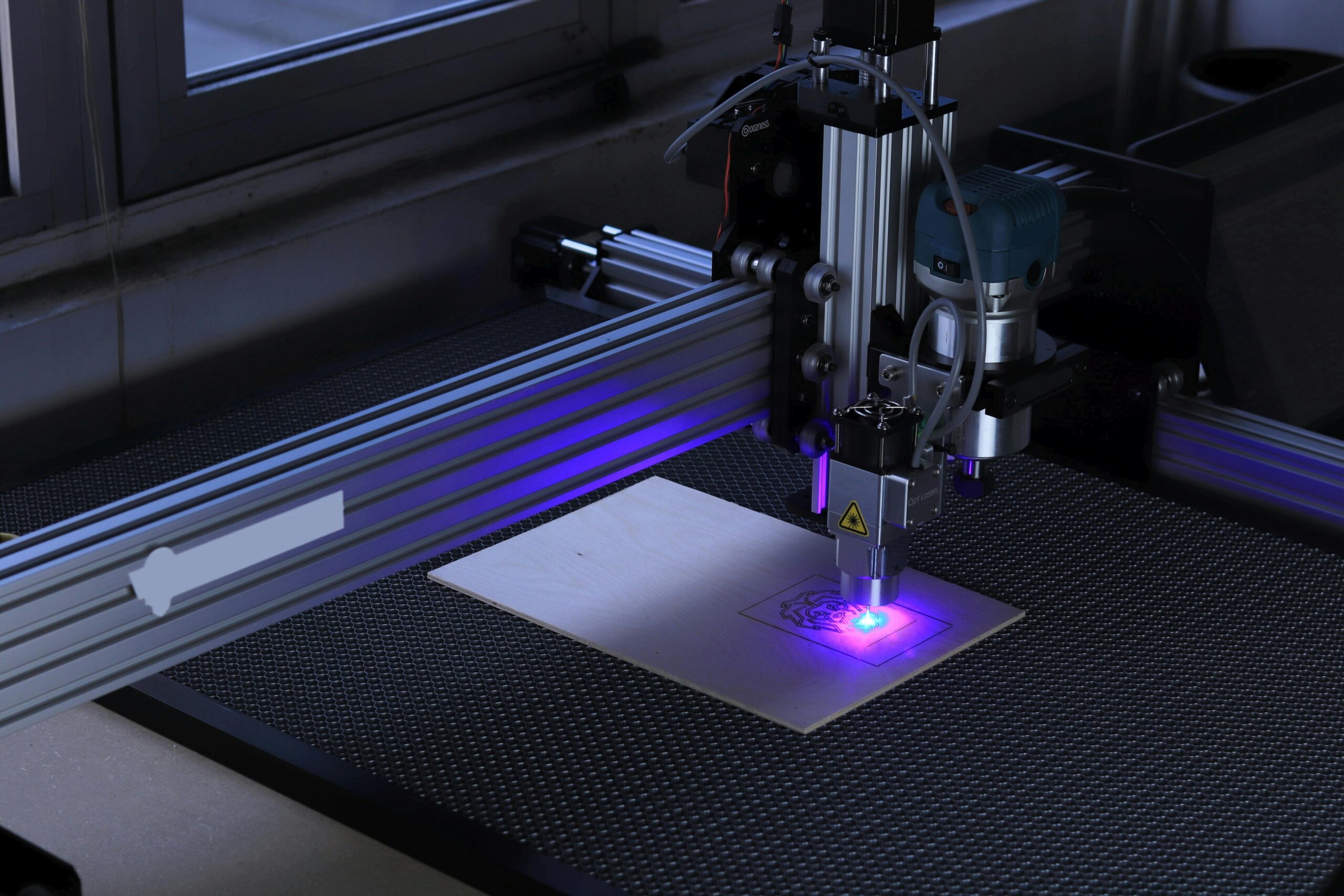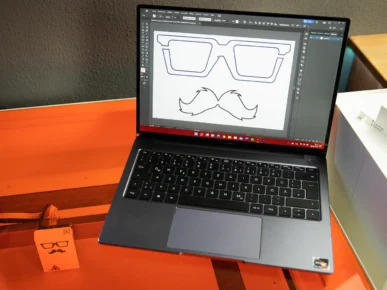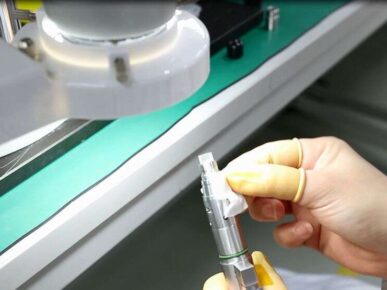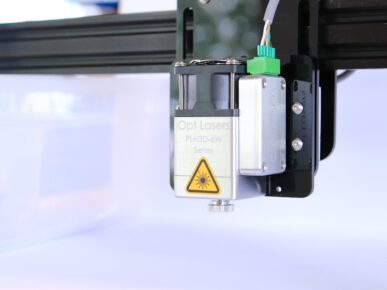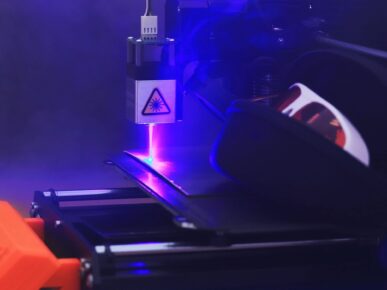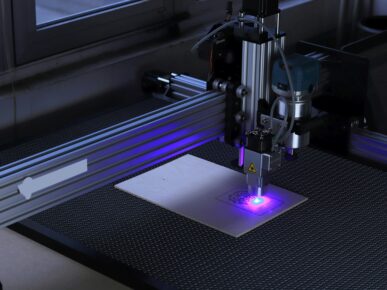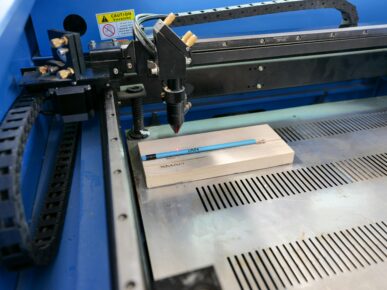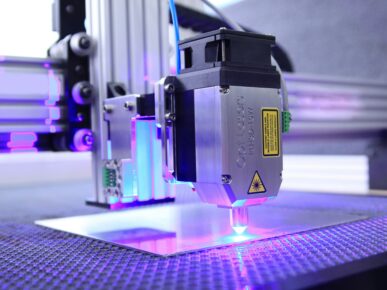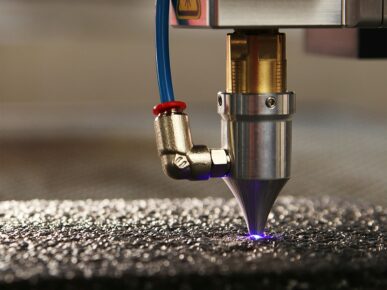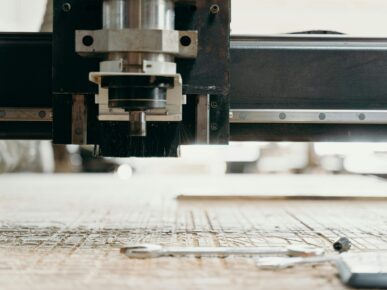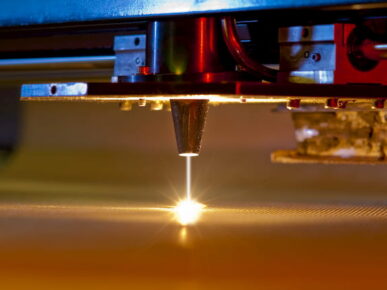I. Delving into the Science of the Laser Beam
To become a true expert in laser cutters, it is imperative to deepen your understanding of the science behind the laser beam. We will explore not only how the laser is generated but also how it is amplified and focused. Understanding these intricacies will not only enable you to operate the laser cutter but also optimize its performance for different applications and materials.
Additionally, we will examine specific cases where a profound knowledge of the physics behind the laser has led to innovations in material manipulation and improved cutting precision.
II. Optimization of Settings for Specific Materials
Let’s go beyond basic settings and learn how to optimize adjustments for specific materials. We will delve into practical examples, examining how to vary laser speed, power, and frequency to suit the unique properties of each material. From metals to composite materials, understanding how to adjust these settings will allow you to achieve high-quality cuts and engravings on an even wider variety of substrates.
III. Advanced Focus and Depth Techniques
Precision in focus is an art in itself. We will explore advanced techniques for adjusting the focal distance based on material thickness, and we will delve into how mastering these techniques can lead to more detailed and precise cuts across a variety of thicknesses. Furthermore, we will discuss how expert manipulation of cutting depth can be used for projects ranging from surface engravings to three-dimensional cuts.
IV. Advanced 3D Design and Vector Graphics
Design is key in the world of laser cutters. Let’s go beyond the basics and explore how advanced 3D design and vector graphics can transform your projects. We will analyze specific cases where seamless integration of 3D models has led to astonishing results and how expert handling of vector files can enhance efficiency and cutting precision.
V. Strategies to Avoid Waste and Save Material
Efficiency in material usage is essential both economically and environmentally. We will delve into advanced strategies to minimize waste and maximize raw material utilization. We will discuss how careful planning of cutting patterns and the reuse of scraps can have a significant impact on the sustainability of your projects.
VI. Tools for Automated Assistance
Technology is constantly evolving, and advanced laser cutters often come with tools for automated assistance. Let’s explore these tools in detail, from automatic focus systems to edge detection. We will discuss how these features can not only simplify machine operation but also enhance the quality and accuracy of your projects.
VII. Integration of Sensors for Real-Time Feedback
The world of laser cutters is embracing real-time feedback through the integration of sensors. We will analyze how implementing sensors, such as those for temperature and humidity, can provide valuable information for dynamic adjustments during the cutting process. We will study specific examples where real-time feedback has been crucial for maintaining consistency and quality in demanding projects.
VIII. Industrial-Scale Project Development
If your aspiration is industrial-scale projects, you must understand the complexities associated with larger projects. We will explore strategies for efficient workflow management, batch scheduling, and the implementation of quality control systems in larger-scale projects. We will study specific cases where these strategies have been fundamental for success in large-scale production.
IX. Implementation of Efficient Cooling Strategies
Laser cutters generate significant heat during the cutting process, and for prolonged projects, heat management is crucial. We will delve into advanced strategies for efficient equipment cooling. We will discuss everything from advanced air cooling systems to the implementation of specialized cooling systems, ensuring optimal performance and an extended machine lifespan.
X. Exploration of High-Resolution Engraving Techniques
Go beyond basic engravings and dive into high-resolution engraving techniques. We will analyze how to adjust pixel density and laser power to achieve fine details and complex engravings. We will study specific projects where these techniques have resulted in exceptionally detailed engraved artworks.
XI. Preventive Maintenance Strategies
Preventive maintenance is essential to ensure consistent performance over time. You will learn advanced strategies for preventive maintenance, including regular cleaning, precise machine calibration, and periodic checking of critical components. These practices will not only ensure consistent performance but also extend the lifespan of your laser cutter.
XII. Development of Advanced Troubleshooting Skills
Becoming an expert means developing advanced troubleshooting skills. We will explore practical cases and strategies for efficiently diagnosing and resolving issues. From irregularities in cuts to challenges with machine setup, you will learn to address any problem that may arise during your journey toward mastery in laser cutters.
Conclusion: The Path to Becoming a Master in Laser Cutters
In conclusion, the path to becoming a master in laser cutters involves adopting advanced strategies and a constant pursuit of excellence. From a deep understanding of technology to mastery of advanced design techniques, this journey will lead you to become an expert in the exciting world of laser cutters. Move forward, explore these advanced strategies, and take your projects to new heights!

